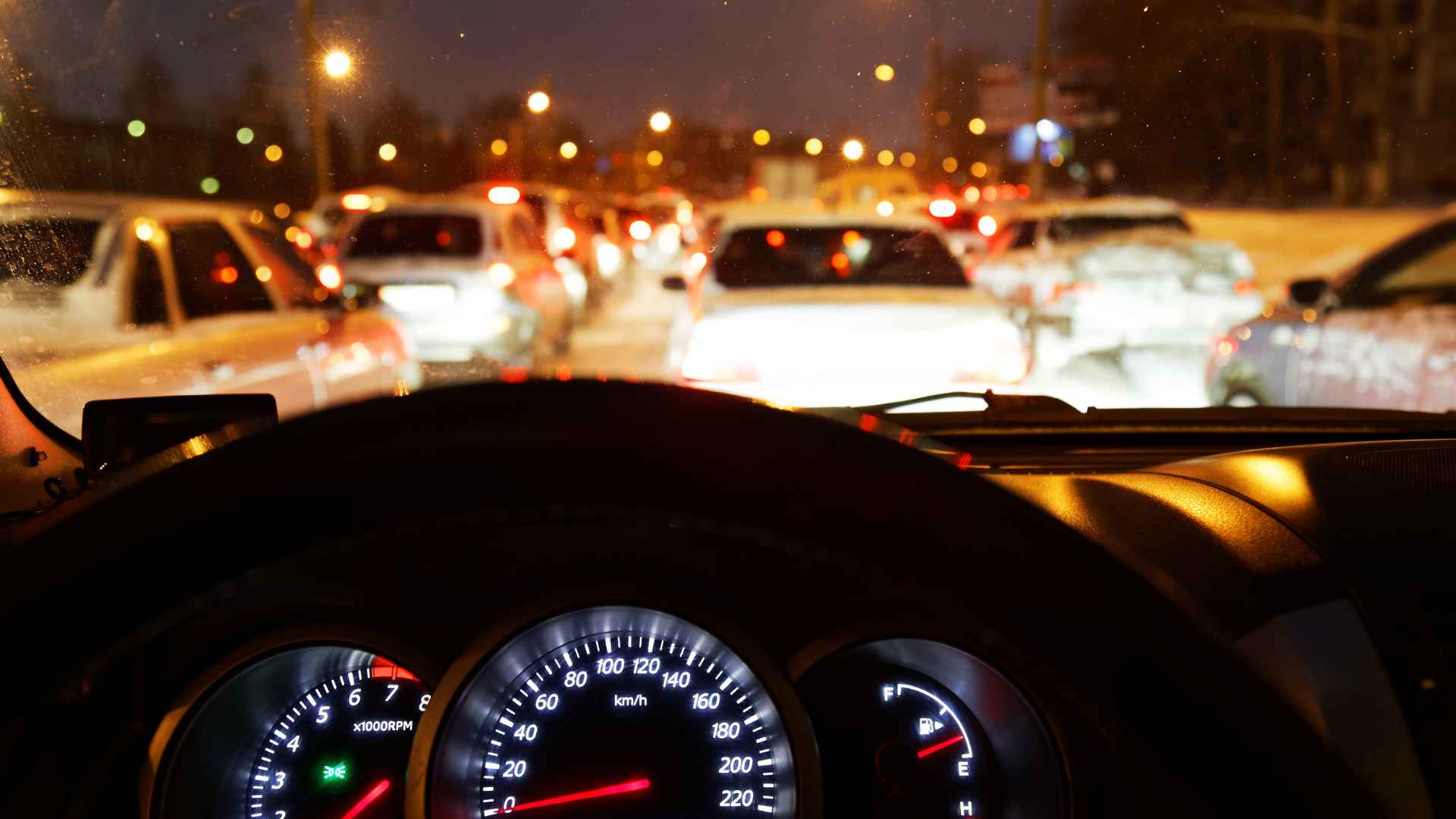New rules spell out exactly when to flick on your lights—and the penalties for keeping them off.
New York’s Department of Transportation has tightened the wording of its headlight statute, reinforcing that visibility is everything on the road. Whether you cruise in a brand‑new SUV with automatic lights or rent an older sedan for a weekend getaway, the same schedule now applies—and fines start at $150 plus surcharges.
When exactly do New York drivers have to turn their headlights on, and why does it matter so much?
From ½ hour after sunset to ½ hour before sunrise, headlights must stay on—no excuses. Drivers must also switch them on whenever:
- Visibility drops below 1,000 ft (think fog, heavy rain, or swirling snow).
- Windshield wipers are in use, because rain darkens the roadway faster than you realize.
- High‑beam etiquette kicks in: dim your brights within 500 ft of an oncoming vehicle or 200 ft behind the car ahead.
Sound straightforward? It is—but enforcement officers say most violations occur during twilight, when motorists assume they can still see well enough. Why risk a ticket?
| Vehicle or condition | Required lights | Key distance or time |
|---|---|---|
| All passenger cars | Low beams | ½ hr after sunset → ½ hr before sunrise |
| Reduced visibility | Low beams | Can’t see 1,000 ft ahead |
| High‑beam use | Dim to low | 500 ft oncoming / 200 ft following |
| Motorcycles | Headlight on | Day and night—no exceptions |
(Table: core rules at a glance)
How high‑beam etiquette and foul‑weather rules could save you from costly tickets and accidents
New York allows high beams on dark rural stretches, but blinding someone else can land you a citation and, worse, cause a head‑on crash. The safest move? Toggle back to low beams sooner rather than later and keep lenses properly aimed. In heavy rain or snow, brights may reflect off moisture and actually shorten your sight line—counter‑intuitive, right?
Motorcyclists must ride with headlights on at all times to stay visible amid taller traffic. Cyclists venturing out after dark need a white front lamp visible 500 ft plus a red rear light visible 300 ft. ATVs must illuminate both head‑ and taillights during the same sunset‑to‑sunrise window as cars, though safety officials urge riders to keep them on day‑long in wooded areas. After all, who wants to be invisible on a trail curve?
Turn your lights on early, dim them courteously, and remember that weather rules override the clock. A simple click of the switch protects everyone—and keeps that extra citation money in your pocket.

